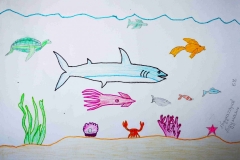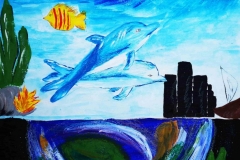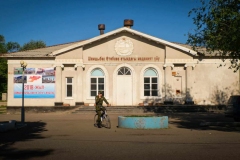River and sociality
The river encourages multiple and unique forms of both public and covert sociality. Historical sources point out that the river bank has long been the favoured location for conducting business and pastime among Hujandis. Local men would frequent alou-khanas – the guesthouses and places for social gatherings as well as tea houses, which also served as hotels and diners for the locals where they spent many hours on the wooden platforms along the river bank. Bath houses were also usually designated as male-only spaces, while women’s visitation of baths was significantly restricted compared to the counties of the Middle East, for instance.
Continue reading






















